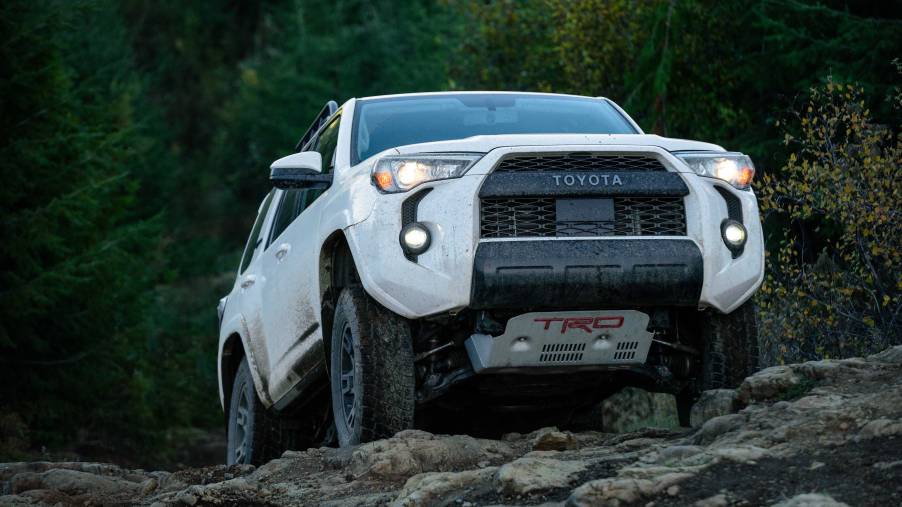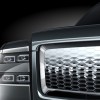
What is the Difference Between a Crossover and an SUV?
Since 2006, crossovers comprise over 50% of the SUV market in America. Families across the country put their crossovers and SUVs to work. These trusty vehicles take the kids to practice, bring home the weekly grocery haul, and burst at the seams full of the fam’s summer road trip gear.
But why are some of these capable and well-loved vehicles called an SUV and some called a crossover? There is actually a difference. The funny thing is that the vast majority of people don’t really know what it is.
Because of this, the term SUV is often used as a blanket term to describe pretty much any vehicle with AWD options and higher ground coverage than a car. And that isn’t necessarily wrong, but it doesn’t really work the other way around.
So, what’s the difference?
The essential difference between a crossover and an SUV is the fundamental architecture. An SUV is built in a body-on-frame fashion, while a crossover has a unibody platform. OK, wait, what does that mean exactly? Is it hatchback on stilts or a truck with a hat?
A body-on-frame SUV uses the chassis of a light truck, then the body is placed over that frame. Thus the name “body-on-frame.” The SUV is sturdy with a high ground clearance –– built for tough off-roading challenges. The unibody crossover has a body and frame that are all one piece. While significantly larger and higher off the ground than a car, the crossover still maintains a smooth ride and good gas mileage.
What is an SUV?
Vehicles like the Chevrolet Tahoe, Toyota 4Runner, Jeep Wrangler, and the Mercedes G-class all share a body-on-frame design. That means they are ultimately capable of more hard work such as off-road exploration or towing a heavy load. Sometimes this capability comes at a price. The classic body-on-frame SUV is typically a bumpier ride with lower fuel economy.
If you need a family vehicle that is a towing beast that can climb a mountain, you’ll probably lean more toward an SUV. If you need a vehicle with these capabilities, be prepared to sacrifice some gas mileage.
What is a crossover?
The crossover, on the other hand, was built so that the station wagon, an American favorite, could do more. It is a hatchback, enlarged with improved all-terrain drivetrain options. The unibody platform of a crossover means that the body and frame are all one piece, like a car.
Crossovers boast a smoother ride, better fuel economy, and, usually, a more plush interior. They combine the luxury and comfort of a car or hatchback with the utility of an SUV. Because the crossover lacks the body-on-frame design, it does sacrifice some ground clearance and off-road ability.
Crossovers like the Jeep Grand Cherokee, Ford Explorer, Toyota Rav4, and the Lexus RX are all examples of a unibody platform. While all of these models are often called an SUV because of their cargo and capabilities, they are technically crossovers.
Why is the crossover still called an SUV?
Because the crossover still has higher clearance than a car and most models offer all-wheel-drive or 4×4 drivetrain packages, they are often called an SUV. The crossover is, by function, still a sport utility vehicle. While they have great fuel economy and often offer a more luxurious interior, they can still do more and go farther off the beaten path than a car.
The classic body-on-frame SUV, however, isn’t a crossover. If anything, it’s more like a truck. Not only in its ability to go deeper and tow a bigger load but the very chassis on which it’s designed.



